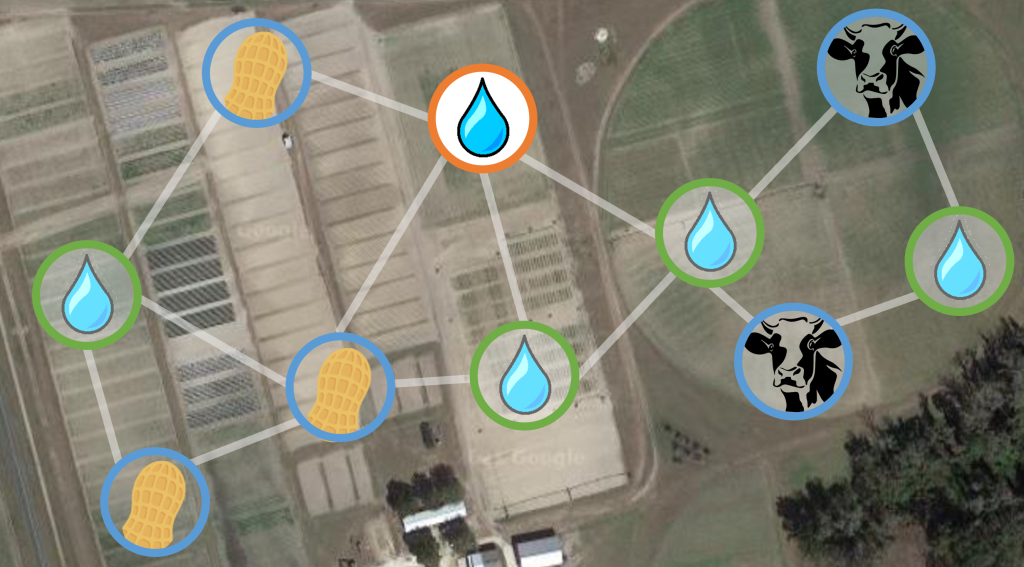
Why AI Can’t Yet Grow a Perfect Crop Model
Imagine trying to beat Elden Ring with only half the map, no health potions, and a sword that breaks every few swings. That’s roughly the challenge agricultural scientists face when applying artificial intelligence (AI) to crop modeling.
Crop models—like the venerable Decision Support System for Agrotechnology Transfer (DSSAT)—simulate plant growth, soil chemistry, and environmental interactions. They’re essential tools for predicting yields, managing fertilizers, and preparing for climate change. But these models are only as good as their inputs, and in agriculture, data is often scarce, noisy, or incomplete.

